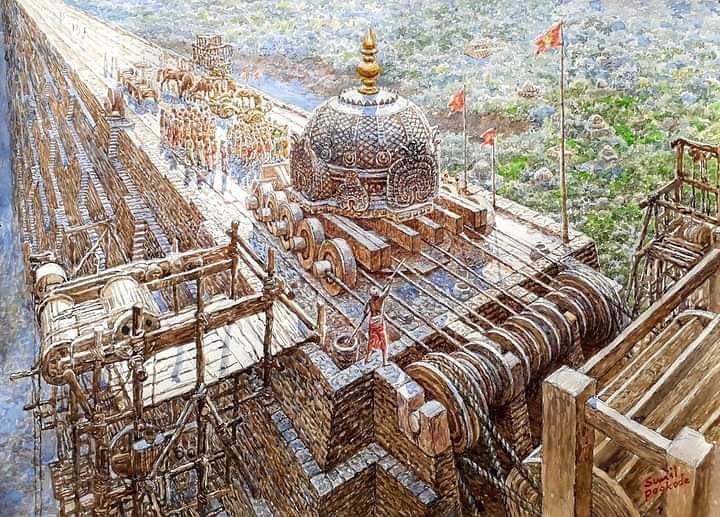
Ellora is a sacred site in #Maharastra. The Ellora Caves are listed by #UNESCO as a World Heritage Site and is celebrated for its Hindu, Buddhist, and Jain temples and monuments which were carved from the local cliff rock in the 6th to 8th century CE. The most spectacular example
is the 8th century CE Kailasa temple which, at 32 metres high, is the largest rock-cut monument in the world.
Located in the Sahyadri hills near Aurangabad, #Ellora is the most important second-wave site of ancient rock-cut architecture in India. In the western face of one hill,
Located in the Sahyadri hills near Aurangabad, #Ellora is the most important second-wave site of ancient rock-cut architecture in India. In the western face of one hill,
composed of volcanic Basalt rock, there are 35 caves and rock-cut temples, largely produced during the reign of the Kalachuri dynasty in the 6th and 7th centuries CE.
Source: @instagram
Credits: Vishal Malge
Source: @instagram
Credits: Vishal Malge
• • •
Missing some Tweet in this thread? You can try to
force a refresh




















